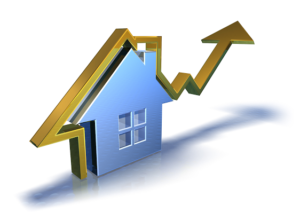Pending home sales nuzzled-out half-a-percent gain in December. Most believe that the inventory shortages which are plaguing the markets is the primary reason for the slowing sales.
According to agents, the supply shortage is creating a higher percentage of the listed price to be received.
And in what is typically (what is typical in this market anymore?) becoming the case, the home buyers maintained the demand into December. In addition, the inventory of homes for sale nationally fell to its all-time record low in December, which goes back to 1999.
The market consensus reflects an optimism for both buyers and sellers:
For buyers, the wages and the economy are getting better with each passing month, it seems. Job growth is hitting 200,000 regularly and unemployment is still in the 4% range. Even mortgage rates are still ‘acceptable’ given the job and wage growth trends.
In some cases, the rising mortgage rates are probably driving buyers to step-up their search and buying decisions. In an earlier blog, we mentioned that, nationwide, as much as 25% of homes on the market are selling about their asking price.
The supply of homes for sale at the end of December fell to the lowest level since the Realtors began tracking it in 1999.
In addition: a recent survey conducted by Redfin showed stronger demand from buyers but a lower number of contracts. The housing market ended 2017 with 170,000 fewer listings than 2016 and for the fourth consecutive year, inventory continues to represent the single most important factor affecting the market.
The same survey showed that requests for house tours from real estate brokerages was up approximately 17% on an annual basis. The number of potential buyers making offers fell by 6%.
■ Low inventory is the primary driver of rising home prices
■ Prices are rising fastest on the lower end of the market
■ Millennial demand is increasing
■ Demand from the Millennials will only increase as they age into larger salaries
■ Home values are now rising at three times the pace of wage growth
■ Pending home sales in New Jersey rose in December by 7.4%
■ Pending home sales in the Northeast fell by 5.1%
■ Pending home sales fell nationally by 2.7% annually
